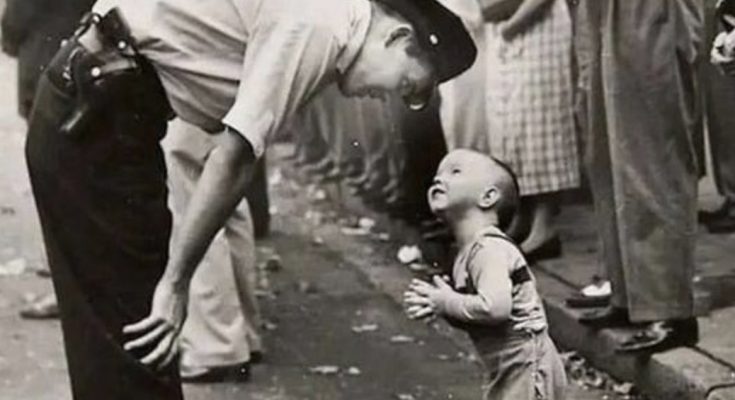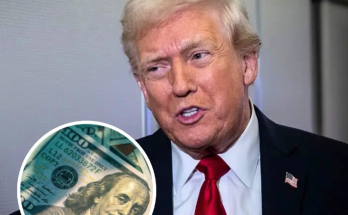A Parade Bursting With Color and Culture
On the crisp morning of September 10, 1957, Washington, D.C. transformed into a living canvas of music, color, and movement. The Chinese Merchants Association had organized a grand parade through the city, a celebration of culture and community that drew families from every neighborhood.
Sidewalks overflowed with onlookers. Men in tailored suits stood shoulder to shoulder with women in floral dresses, while children tugged excitedly at their parents’ hands. The smell of street food mingled with the steady beat of drums. Traditional lion dancers leapt and swirled, their costumes blazing red, gold, and green. Drums echoed against the stately facades of the city, while cymbals clashed in bright bursts of sound. It was, by every measure, a moment of joy—a city alive with culture and rhythm.
A Photographer on Assignment
Among the crowd was William C. Beall, a staff photographer for the Washington Daily News. His instructions were simple: capture the energy of the parade. But as Beall moved along the edge of the street, scanning for the perfect shot, his instincts told him to watch the crowd as much as the performers.
He aimed his lens at the lion dancers, snapping images of swirling movement and dazzling costumes. Yet, just beyond the spectacle, something softer caught his attention—something far more human than the parade itself.
A Small Child Steps Into History
From the corner of his eye, Beall noticed a toddler, no more than two or three years old. The little boy, dressed in denim overalls and tiny white shoes, had stepped away from the safety of the sidewalk. Drawn by the magic of the parade, he inched toward the moving procession, his face glowing with wonder. Every detail spoke of innocence: the child’s clasped hands, his tilted head, the wide-eyed awe only a young child can hold. In that instant, the noise of the parade faded.
A Policeman’s Gentle Gesture
Then came a quiet but powerful act. A tall Washington police officer—imposing in uniform, his service weapon holstered at his side—stooped down to the boy’s level. His posture softened as he reached out to guide the child back to safety. Instead of harshness, there was patience. Instead of authority, there was empathy. The boy looked up, hands still folded, as though making an earnest plea, and met the officer’s eyes with complete trust. It was a moment of authority meeting innocence, and for William C. Beall, it was the photograph he didn’t even know he was waiting for.
Capturing “Faith and Confidence”
“Suddenly, I saw the picture,” Beall later said. “I aimed my camera, and I clicked.”
That single click froze a fleeting encounter into a timeless image—one that spoke louder than any caption could. Later titled “Faith and Confidence,” the photograph went on to win the Pulitzer Prize in 1958. But it wasn’t just another award-winning photo. It became an enduring symbol of something larger: trust, kindness, and the invisible bridge between generations and roles.
Why the Image Still Resonates
Decades later, viewers don’t see only a parade scene. They see a universal truth distilled into one frame, a child believing the world is good and an officer choosing to honor that belief with gentleness rather than indifference. The image transcends time, geography, and politics. It is not merely a snapshot of Washington, D.C. in the 1950s; it is a snapshot of humanity at its best.
A Timeless Reminder
Long after the drums faded and the lion dance ended, one boy’s innocent gaze and one officer’s patient smile remained etched in history. The photograph endures not just as a piece of news, but as a piece of timeless truth—a reminder that even in the midst of spectacle and noise, moments of empathy and connection can shine brightest. “Faith and Confidence” continues to be displayed in articles, museums, and classrooms as a teaching moment about compassion, trust, and community. It speaks to parents, officers, photographers, and anyone who has ever paused to witness a simple, powerful act of kindness.



